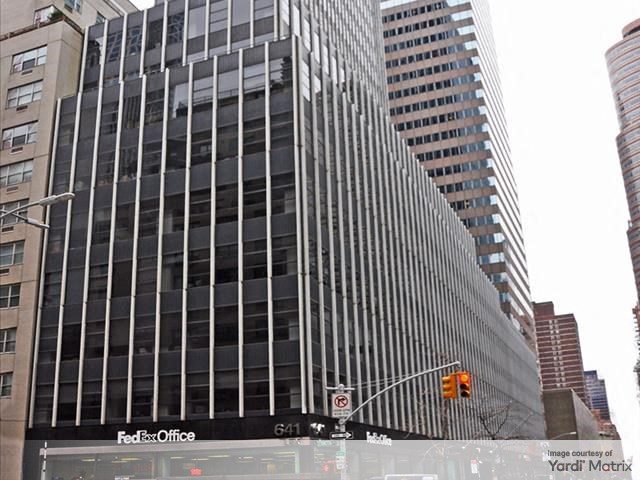Finding Durable Employment Sectors During a Pandemic
Yardi Matrix looks at which U.S. metros have the highest concentration of positions in finance, professional and technical services, and government—sectors that have lost the lowest proportion of jobs.
The COVID-19 pandemic has led to an almost unimaginable loss of jobs in the U.S. Since social distancing measures were implemented in March, 36.5 million workers have filed for unemployment, nearly one-quarter of the workforce. The U.S. unemployment rate climbed in April to 14.7 percent, the worst since the Great Depression, and some economists forecast it will rise to 25 percent by its peak.
The number of lost jobs has been higher among hourly low-wage workers in service jobs than for professional and salaried workers who can work from home. On a proportional basis, job categories that shed the fewest jobs over the last three months are financial activities (-2.8 percent), government (-4.3 percent) and wholesale trade (-6.2 percent). Another segment that lost relatively few jobs was professional and technical services (-5.3 percent), which includes computer systems design services (-3.8 percent).
Last month, Yardi Matrix studied which metros had the highest concentrations in the most at-risk job segments. Here we look at which metros have concentrations in three employment segments that have lost the fewest jobs to date—which we call “Durable Employment Sectors.” These Durable sectors—government, finance, and professional and technical services—encompass a combined 23.5 million jobs in the top 50 metros, or 28 percent of the total 84 million jobs in those areas.









You must be logged in to post a comment.